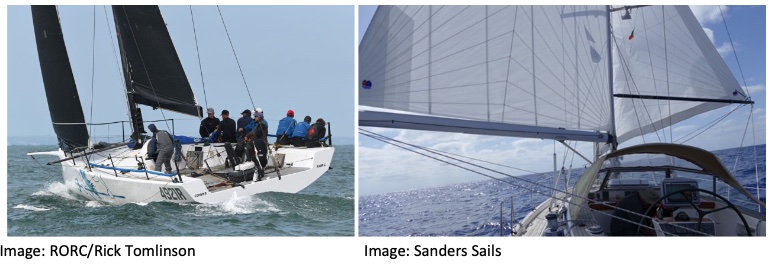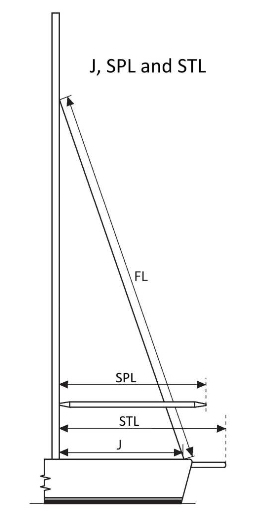Whisker Pole Q&A
 Sunday, May 16, 2021 at 2:30PM
Sunday, May 16, 2021 at 2:30PM 
Q. If my IRC rating certificate does not state that I have a whisker pole, can I still pole out my headsail instead of using a spinnaker?
A. No. IRC Rule 21.3.6 states: “A boat shall declare using any spar as a whisker pole to set a headsail or a flying headsail”.
If you pole out your headsail but are not rated for a whisker pole, you will be in contravention of IRC rules
Q. Why has my rating increased for a whisker pole this year, when it is the same pole that I used last year?
A. In 2020 IRC received feedback that a boat with a bowsprit only was paying heavily to use a whisker pole, while a boat rated with a spinnaker pole saw no change in rating to use a whisker pole. We agreed that this was not equitable as any boat will benefit from being able to pole out a headsail under varying circumstances - be it to leeward when reaching, or goose-winged downwind in breezy conditions.
Therefore, from January 2021 (June 2021 in the southern hemisphere) the majority of boats that wish to have the option to pole out a headsail will see a small rating increase. The effect will depend on the individual boat and configuration, but you can expect a rating increase between +0.002 and +0.005.
The exception is if in 2020 you had a bowsprit and a whisker pole so were rated for bowsprit & pole(s); in that case with a bowsprit only plus a whisker pole the rating will reduce slightly.
Q. Is a whisker pole the same as a jockey pole?
A. No, unless it is used to also pole out a headsail. A jockey pole is used on the spinnaker guy only and you may use one while racing IRC, without a declaration.
Please ensure that your IRC certificate accurately reflects how you use any poles carried aboard.
The IRC rules page includes links to the Equipment Rules of Sailing (ERS), Racing Rules of Sailing (RRS) and Offshore Special Regulations (OSR): ircrating.org/irc-rule/


